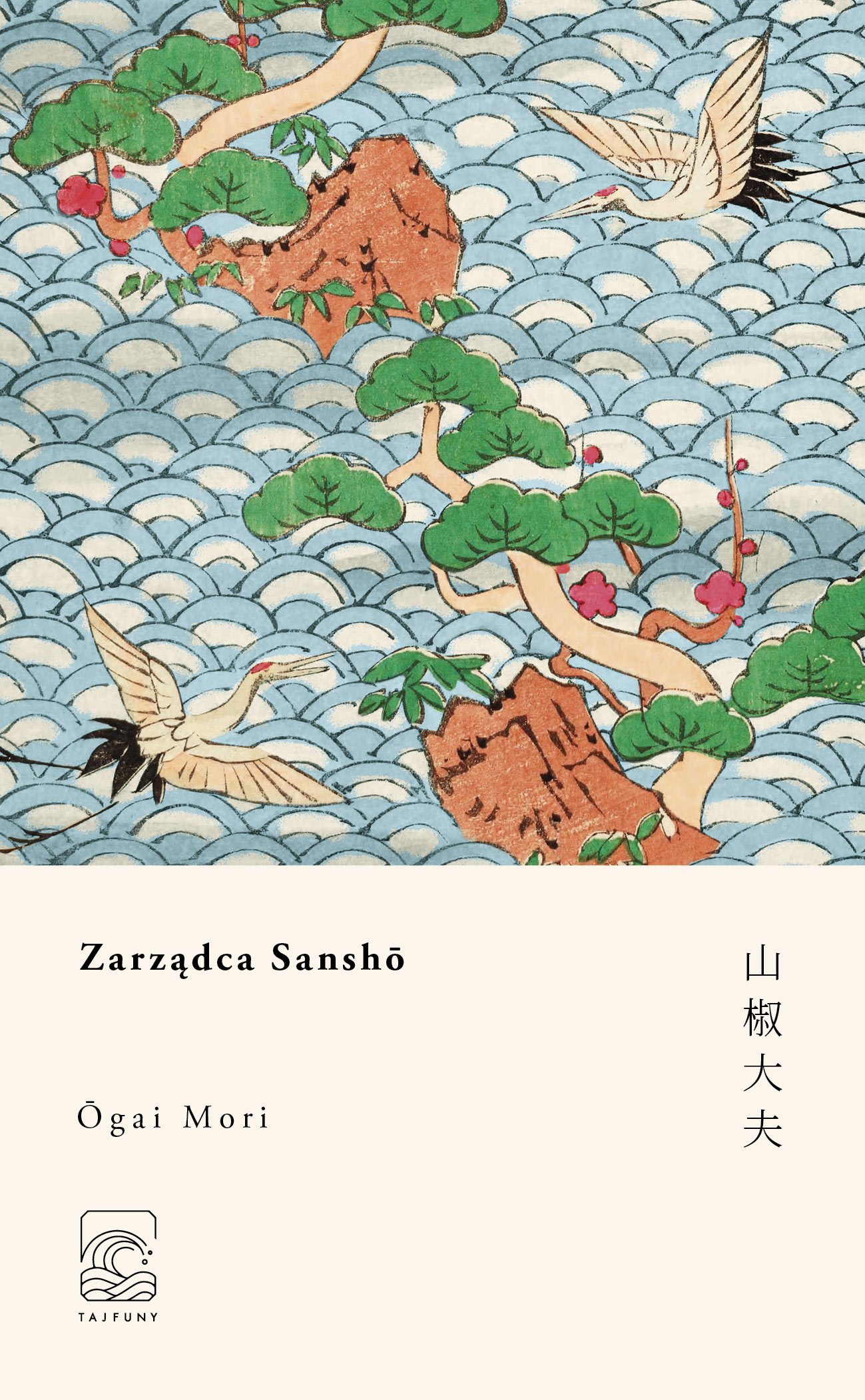


Books in series

A Riot of Goldfish
1937

Lemon
1967

En el bosque, bajo los cerezos en flor
1947

Meoto zenzai
1940

Piekło w butelkach
2021

Zarządca Sanshō
2022
Authors

Kanoko Okamoto (岡本 かの子 Okamoto Kanoko?, 1 March 1889 - 18 February 1939) was the pen-name of a Japanese author, tanka poet, and Buddhist scholar active during the Taishō and early Shōwa periods of Japan. (from Wikipedia)

Yumeno Kyūsaku (native name: 夢野 久作) was the pen name of the early Shōwa period Japanese author Sugiyama Yasumichi. The pen name literally means "a person who always dreams." He wrote detective novels and is known for his avant-gardism and his surrealistic, wildly imaginative and fantastic, even bizarre narratives. Kyūsaku’s first success was a nursery tale Shiraga Kozō (White Hair Boy, 1922), which was largely ignored by the public. It was not until his first novella, Ayakashi no Tsuzumi (Apparitional Hand Drum, 1924) in the literary magazine Shinseinen that his name became known. His subsequent works include Binzume jigoku (Hell in the Bottles, 1928), Kori no hate (End of the Ice, 1933) and his most significant novel Dogra Magra (ドグラマグラ, 1935), which is considered a precursor of modern Japanese science fiction and was adapted for a 1988 movie. Kyūsaku died of a cerebral hemorrhage in 1936 while talking with a visitor at home.

From Niigata, Sakaguchi (坂口安吾) was one of a group of young Japanese writers to rise to prominence in the years immediately following Japan's defeat in World War II. In 1946 he wrote his most famous essay, titled "Darakuron" ("On Decadence"), which examined the role of bushido during the war. It is widely argued that he saw postwar Japan as decadent, yet more truthful than a wartime Japan built on illusions like bushido. Ango was born in 1906, and was the 12th child of 13. He was born in the middle of a Japan perpetually at war. His father was the president of the Niigata Shinbun (Newspaper), a politician, and a poet. Ango wanted to be a writer at 16. He moved to Tokyo at 17, after hitting a teacher who caught him truanting. His father died from brain cancer the following year, leaving his family in massive debt. At 20, Ango taught for a year as a substitute teacher following secondary school. He became heavily involved in Buddhism and went to University to study Indian philosophy, graduating at the age of 25. Throughout his career as a student, Ango was very vocal in his opinions. He wrote various works of literature after graduating, receiving praise from writers such as Makino Shin’ichi. His literary career started around the same time as Japan’s expansion into Manchuria. He met his wife to be, Yada Tsuseko, at 27. His mother died when he was 37, in the middle of World War II. He struggled for recognition as a writer for years before finally finding it with “A Personal View of Japanese Culture” in 1942, and again with “On Decadence” in 1946. That same year, the Emperor formally declared himself a human being, not a god. Ango had a child at 48 with his second wife, Kaji Michio. He died from a brain aneurysm at age 48 in 1955.

Mori Ōgai, pseudonym of Mori Rintarō (born February 17, 1862, Tsuwano, Japan—died July 9, 1922, Tokyo), one of the creators of modern Japanese literature. The son of a physician of the aristocratic warrior (samurai) class, Mori Ōgai studied medicine, at first in Tokyo and from 1884 to 1888 in Germany. In 1890 he published the story “Maihime” (“The Dancing Girl”), an account closely based on his own experience of an unhappy attachment between a German girl and a Japanese student in Berlin. It represented a marked departure from the impersonal fiction of preceding generations and initiated a vogue for autobiographical revelations among Japanese writers. Ōgai’s most popular novel, Gan (1911–13; part translation: The Wild Goose), is the story of the undeclared love of a moneylender’s mistress for a medical student who passes by her house each day. Ōgai also translated Hans Christian Andersen’s autobiographical novel Improvisatoren. In 1912 Ōgai was profoundly moved by the suicide of General Nogi Maresuke, following the death of the emperor Meiji, and he turned to historical fiction depicting the samurai code. The heroes of several works are warriors who, like General Nogi, commit suicide in order to follow their masters to the grave. Despite his early confessional writings, Ōgai came to share with his samurai heroes a reluctance to dwell on emotions. His detachment made his later works seem cold, but their strength and integrity were strikingly close to the samurai ideals he so admired.